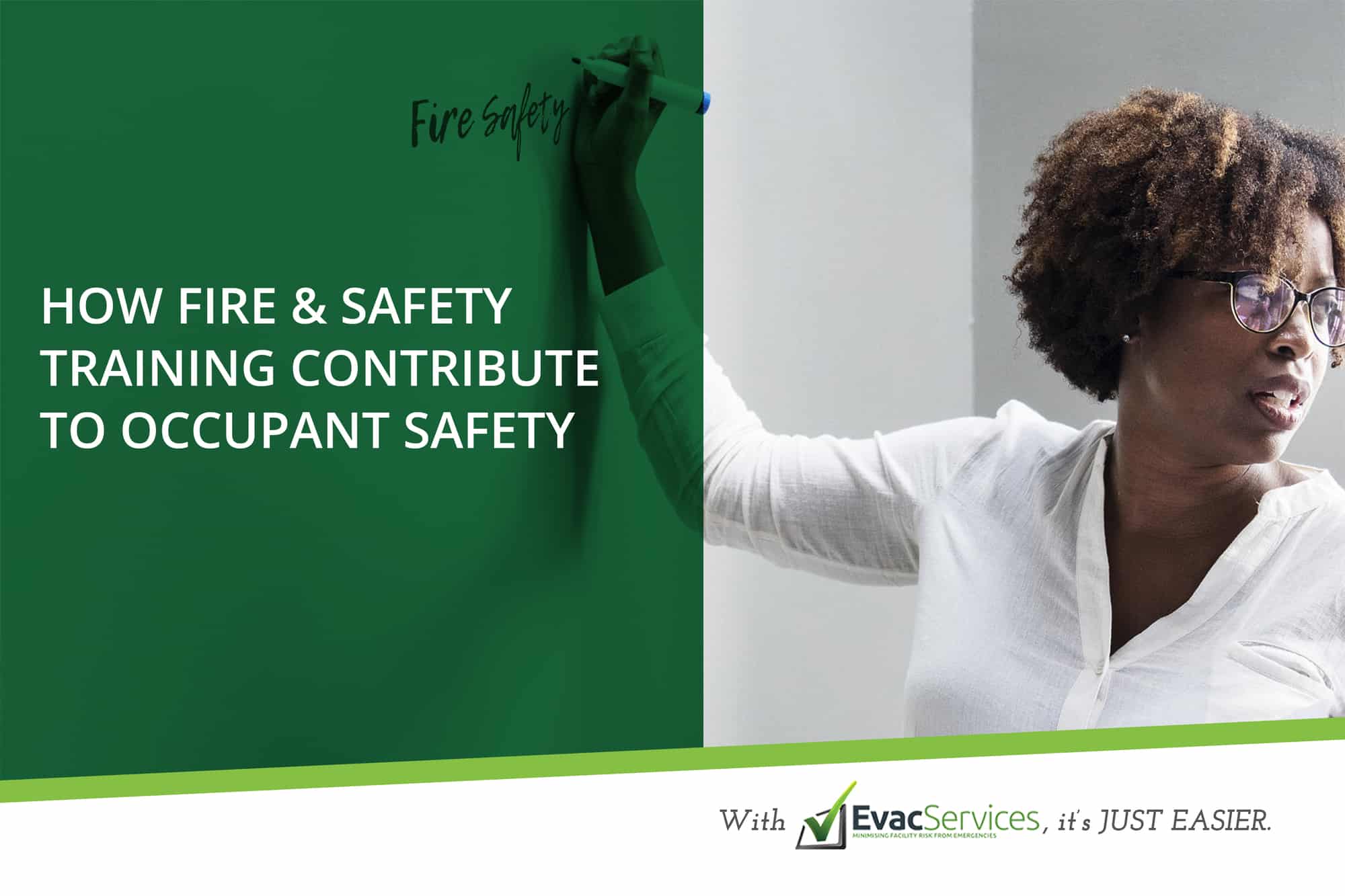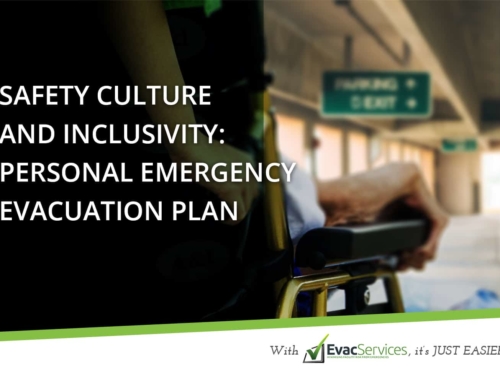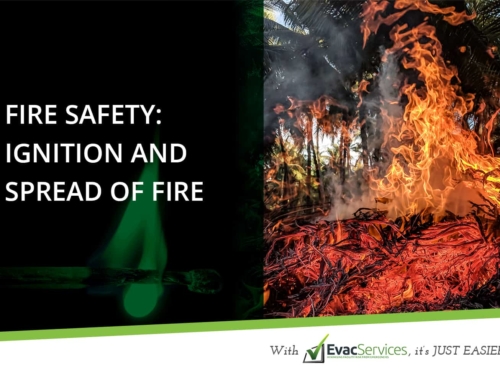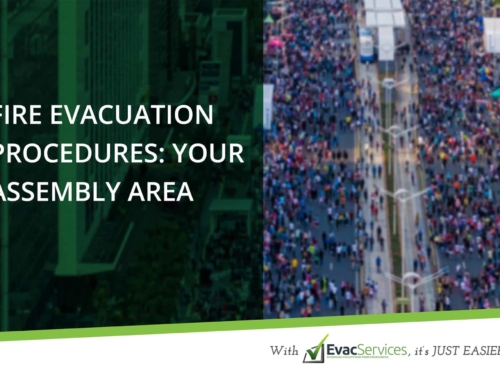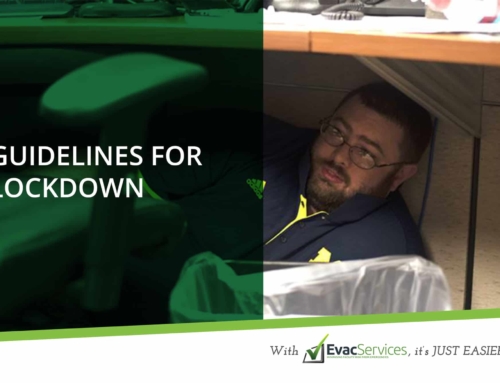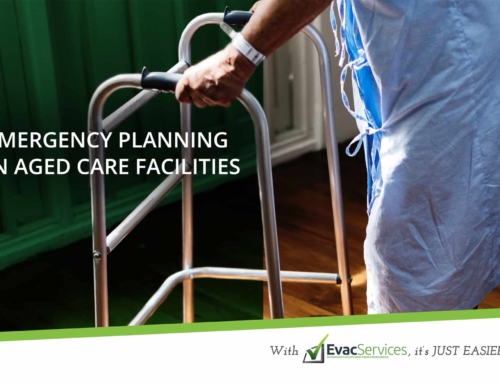As a facility manager, these are some of the questions that keep you up at night: Will my building occupants be safe when emergencies strike? Is fire & safety training conducted by our emergency planning provider effective to ensure this?
Emergency evacuation planning and fire & safety training are crucial components in ensuring occupant safety. In Australia, the government is keen on company compliance with safety and emergency guidelines. Through the federal government agency, the Emergency Management Australia, plans, structures and arrangements are set in place so that immediate coordination and response from the local governments will be available as soon as possible.
Although there may be solid support from the government, the private sector is also mandated to comply with the requirements and standards imposed by the government to ensure the safety of their employees. Hence, fire & safety training and preparedness must be provided by the company, in cooperation with their Fire Safety Advisers.
Here are five ways that fire & safety training can contribute to occupant safety and emergency planning efforts:
- Familiarising occupants with area’s wardens
A warden is a person specifically trained to assist in the evacuation of the building. The warden’s primary mandate is to ensure the safety of occupants during an emergency. Your area should have a number of wardens assigned.
The warden team forms the site’s Emergency Control Organisation. Those appointed as wardens should officially represent their area to the fire control room, where the Chief Warden and Communications Officers are located during an emergency. The warden will also be the one to assess the severity or gravity of the emergency as it specifically affects their group’s location or circumstance.
- Orienting occupants about established evacuation routes and exits
Even with the most airtight emergency plan, many things can go awry. The group could break up in the midst of panic, and individuals may lose their way. Avoid being part of that statistic by taking to heart the building layout and marked evacuation routes and exits.
Time is of the essence in any given emergency situation and missing that exit in a minute may spell the difference between demise and survival. Ideally, these emergency exits will be easy to spot, courtesy of emergency lighting. It should also be able to hold the number of people evacuating, as well as it being clear and safe from debris or other potential hazards.
A detailed drawing of the routes to these exits, and where they lead to, are identified on the site’s Emergency Evacuation Diagrams. Take note of these diagrams to ensure that you know where the exits will take you.
- Training occupants on what to do during emergencies to ensure their safety and those of their colleagues
Every employee is required, by law, to undertake training with regard to emergency response. The type and frequency of training will depend on your emergency role.
Understand that individual survival will be the foremost instinct that will kick in when emergency situations happen. As such, every individual must be able to account for themselves, and not simply rely on their colleagues’ ability to save them. Presume that everyone will be busy saving their own skin, but at the same time, be on the ready to assist those who may need help.
In this training, occupants will be advised on the things that they should and should not do during emergency situations. It is ideal that they would be able to help out those who need it during emergency situations.
- Testing the effectivity of the building’s emergency procedures
Every site should hold emergency response exercises at least once every year. The purpose of this session is to test the building’s emergency procedures and identify key issues or problems that the employees could possibly face. Nobody really wants to hear about worst case scenarios, but if letting your imagination run wild could help you foresee possible challenges your team could face, and then come up with a solution for it, then it’s going to be a win-win situation for everyone.
Sticking to real possibilities would be great, but then again, no one really knows what’s going to happen when the emergency arises.
- Teaching occupants about emergency response and first-aid
In the event that they are injured, or another one of their colleagues is, they should be able to attend to it as soon as possible. Every occupant is just as responsible for themselves, as they are for others. Emergency situations do not choose identity, pay grade or management level. Providing them training will empower them with knowledge on how to participate in your company’s emergency planning.
Assuming that the company is able to provide fire & safety training and other requirements, the buck still does not stop there. Emergency evacuation planning efforts in the workplace is not just the responsibility of the management; it must be a collective effort all the way from the rank-and-file to the executives. After all, once the emergency hits – be it a cyclone, flood, personal threat or a building fire – everyone is going to be in the same situation, regardless of pay grade.
The key to a successful emergency plan, therefore, is a uniform cooperation by everyone involved. The goal should be, “No man is left behind.” More than being able to help out in the emergency situation, it is ideal that the employee is able to take care of themselves.
Do you need help with fire & safety training to ensure occupant safety? At EvacServices, we have a highly experienced team of emergency planning consultants to deliver an effective training for your wardens and occupants. Contacting us is just a click away.

